Use of Short Wave Diathermy (SWD) in Physiotherapy
Table of Contents
Definition:
~short wave means the application of high-frequency electrical energy to the body tissues in order to bring physiological and therapeutic effects, this effect can be achieved by thermal or non-thermal effect.
~Diathermy is a therapeutic treatment most commonly prescribed for muscle and joint conditions. It uses a high-frequency electric current to stimulate heat generation within body tissues.
~the term diathermy means through heating or producing deep heating directly in the tissues of the body.
~dia- through
~thermy- heat
~it stimulates circulation, relieves pain, and enhances the rate of recovery of healing tissue.
How does diathermy work?
~Diathermy uses high-frequency electric current to produce heat deep inside a targeted tissue. It can reach areas as deep as two inches beneath the skin’s surface.

~The diathermy machine does not apply heat directly to the body. Instead, the waves generated by the machine allow the body to generate heat from within the targeted tissue.
~Diathermy is usually part of a complete physical therapy or rehabilitative regimen. The frequency and length of treatments vary.

frequencies:
~short wave has 3 frequencies.
~27.12 MHZ, wavelength 11 m.
~13.56 MHZ, wavelength 22 m.
~40.68 MHZ, wavelength 7.5 m.
~Shortwave diathermy uses high-frequency electromagnetic energy to generate heat. It may be applied in pulsed or continuous energy waves. It has been used to treat pain from kidney stones, and pelvic inflammatory disease. It’s commonly used for conditions that cause pain and muscle spasms such as:
~sprains
~strains
~bursitis
~tenosynovitis
Indication of Short Wave Diathermy (SWD)
~Disorder of the Musculoskeletal System
~Sprain (ligament)
~Strain (Muscle)
~Capsular lesion (Frozen shoulder)
~Degenerative joint disease (OA)
~Joint stiffness.
Chronic Inflammatory Condition:
~Tendinitis
~Bursitis
~Tenosynovitis
Contraindications of Short Wave Diathermy (SWD)
~Malignant tissue
~Severe/excessive edema
~Metallic implant
~Cardiac pacemaker
~ Over-wet dressing
~Acute inflammation
~Infected open wound
~Unreliable patient
~Impaired thermal sensation
~Recent radiotherapy
~Pregnancy
~Severe cardiac abnormality
~Blood pressure abnormality
~Anesthetic area
~Tuberculosis
~Tendency of bleeding
`Reproductive organ
Physiological Effect of SWD:
Heat Produce >> Increases Diameter of blood vessels >> Increase Blood circulation >> Remove Waste Products >>Increases Nutrients Supply in the affected area >> Relief Pain/Reduce Muscle Spasm
The therapeutic effect of SWD:
Effect on bacterial infection:
~SWD increases the circulation of blood which increases the number of WBC, and antibodies in the affected region which help in removing infection.
effect on healing time:
~the beneficial effect of SWD in traumatic conditions includes fluid exudation, increases blood flow, removal of waste product, etc, the increased blood flow makes more nutritive material, so assists in the healing process.
relief of pain:
~the mechanism of pain relief is explained by:
~sedative effect due to mild degree of heating.
~removal of noxious chemical(waste products of metabolism)
~counter irritation effect due to superficial heating which blocks the pain transmission at the pain gate.
~relief of pain also accompanies the resolution of inflammation by SWD.
Induction of muscle relaxation:
~When swd is applied over spasmodic muscle in inflammatory and traumatic conditions induces muscle relaxation and reduces pain.
*fibrosis:
~application of swd increases the extensibility of fibrous tissues such as tendons, scars, and joint capsules by 5 to 10 times.
Production of Short Wave Diathermy (SWD)
- Machine or osscillatory circuit or condenser field method.
- patient or resonator circuit or inductothermy or cable wire method.
Method of application:
- condenser field method
- cable method
condenser field method:
~contraplanar method
~coplanar method
~cross fire method
~monopolar method
1. contra-planer method:
~it is the most satisfactory method, especially for the treatment of deeply placed structures.
~in this method the electrodes are placed in opposite directions around the body area which has to be treated.
~a uniform production of the electrostatic force is produced which results in deep heat compared to superficial heat.
~mostly use for the treatment of ankle, shoulder, etc.

2. coplanar method:
~in this method electrodes are placed side by side, on the same aspect of the part, provided there is adequate distance between them.
~ the distance between the two electrodes should be more than the total width of the spacing.

~in this method the heat is more superficial and suits certain areas such as the spine, where one electrode is placed over the dorsal region, while the other is placed over the dorsal region.
3. Cross fire method:
~in this method, half of the treatment period is given with the electrode of one position and then they are moved to at a right angle to that obtained during the first of the treatment.
~for example, for the knee joint, during the first half of the session, the electrodes are placed over the medial and lateral aspects of the knee, during the second half of the session the electrodes are placed over the anterior and posterior aspects of the knee.

4. Monopolar method:
~the active electrode are placed over the site of the lesion, while the indifferent one is applied to some distant part of the body.
~this method is used for very superficial lesions (face and sinuses).
Cable method:
~arrangement at the end of the cable
~arrangement through centre of the cable
~grid arrangement
~simple pan cake method
~double pan cake method
Patient preparation:
~ensure that the patient is free of all contraindications and the patient must be comfortable and the part to be treated is fully supported.

~remove all the jewelry, coins, and metallic items from the patient.
~the treatment tissues should not be covered by clothing.
~wash the skin over the treatment area, and thoroughly dry the skin prior to the treatment.
~for personal safety the therapist removes watches, rings, bracelets so on.
~treatment should be on a coach, chair, or table, which must be wooden and free from metals.
~ the skin must be dry.
~skin sensation must be tasted before treatment starts.

Monitoring the treatment:
~before starting treatment, all meters of apparatus should be in the zero position. (starting position)
~select the power level according to the patient’s condition.
~increase the intensity gradually till the desired heating level is reached.
~immediately check for any complaint of a hot sensation.
~the physical therapist should remain within the call of the patient during the whole treatment period.
~at the end of the treatment, the control knobs are returned to zero position, the current switched off and the electrodes removed.
Danger/Precaution of Short Wave Diathermy (SWD)
~Shock
~Proper connection of the machine and electrodes
~Ensure the earthing of the machine
~Do not allow the patient to touch the unit.~burn

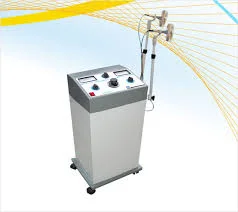
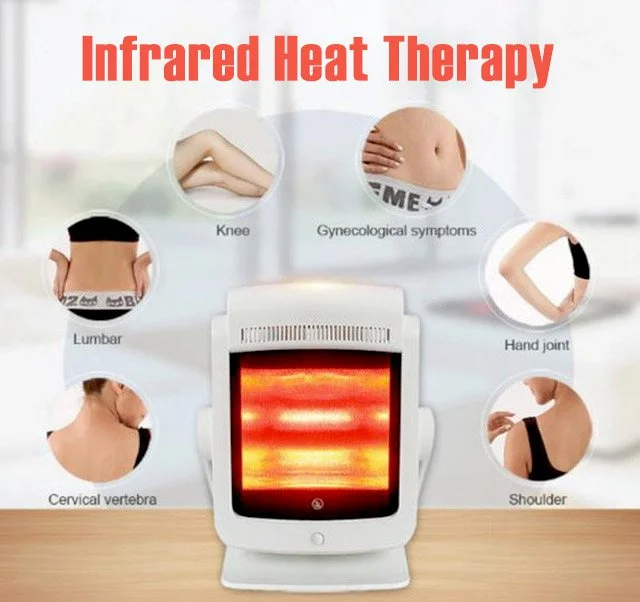

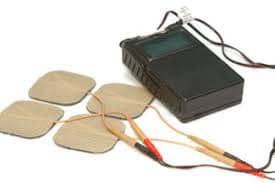
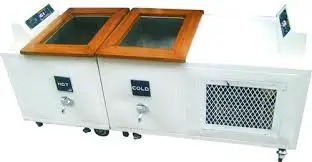

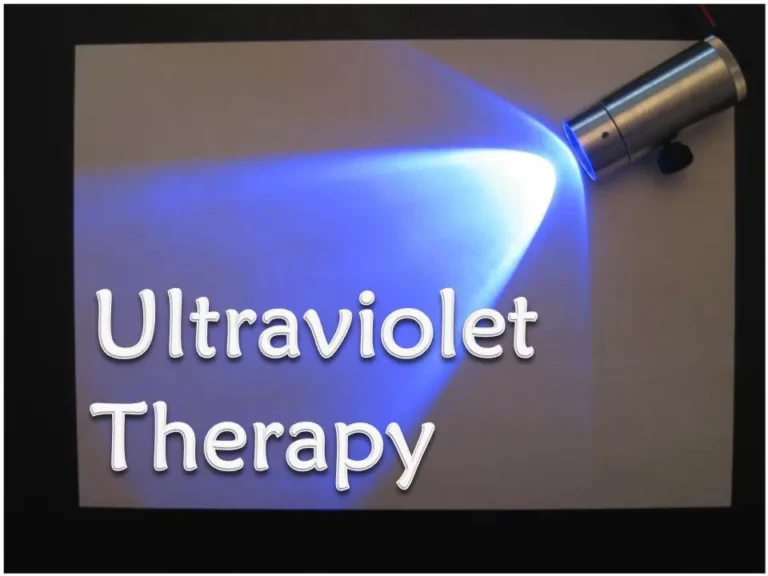
Sir how to download ur post plz help me